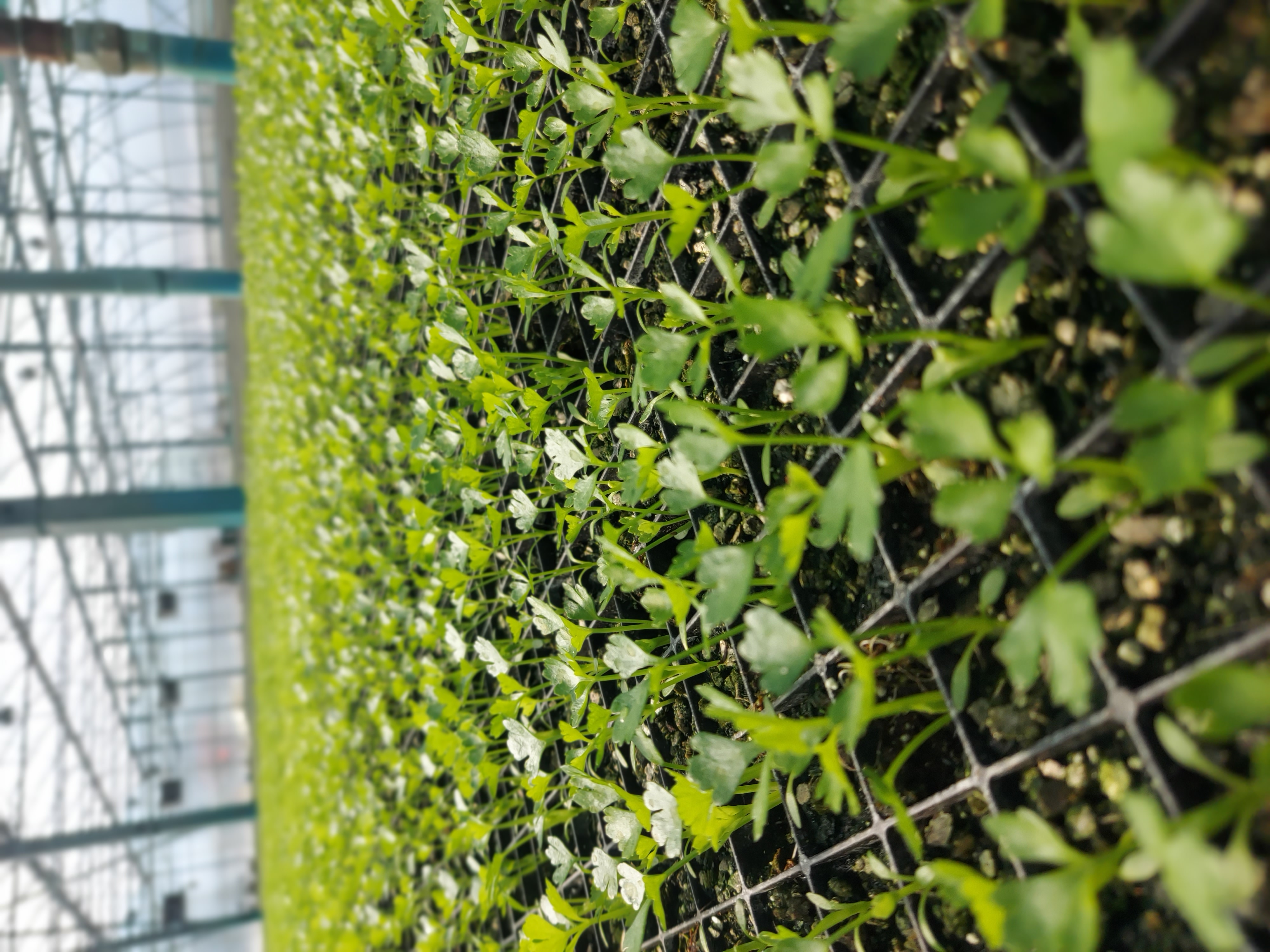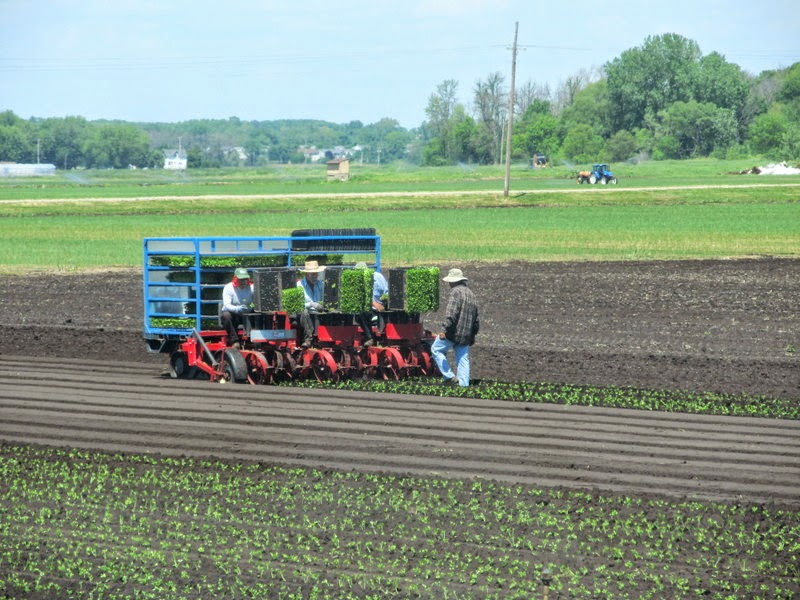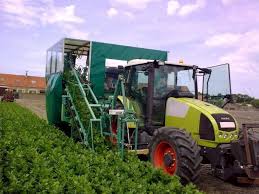Here you get to learn about the wondrous world of growing celery. We will be delving deep into the intriguing and unique process of of commercially farming celery.
Many people are not aware of all the hard work and expertise that goes into growing some tiny seeds into the fresh and crunchy stalks we all know and love.
We'll explore each intricate stage of growing, harvesting, and packaging these leafy green vegetables.
The main topics associated with celery farming are seeding, planting, harvesting, and packing. Each one plays a significant role in the whole process.
There are also many smaller steps needed to produce ideal celery plants, all of which we'll cover in detail. Hopefully this will offer you some understanding and plenty to learn about farming celery.

Seeding
Seeding is the first step in growing celery. A seed flat is filled with dry soil, and celery seeds are placed by an automatic machine, then covered with vermiculite. The flats are kept in a greenhouse, watered, and maintained until the plants grow a few inches tall and are ready for planting.

Planting
Celery planters, loaded with young plants, place seedlings in furrows with precise spacing. Adjustable for depth, they secure plants, close the furrow, firm the soil, and may add water. Advanced models use GPS for precise rows, optimizing growth and space.

Harvesting & Packing
Harvesting and packing celery is labor-intensive, using skilled workers and specialized equipment. Harvesters cut, lift, and transport stalks with care, sometimes trimming and cleaning them in the field. Afterward, celery is sorted, cleaned, sleeved, and boxed before cooling and shipment.
 Harvesting & Packing
Harvesting & Packing
ABOUT THE AUTHOR
I'm Logan, a high school freshman passionate about science, politics, music, and debate. Working in farming has taught me dedication and hard work. This website shares insights into commercial celery farming to inform and engage others.


